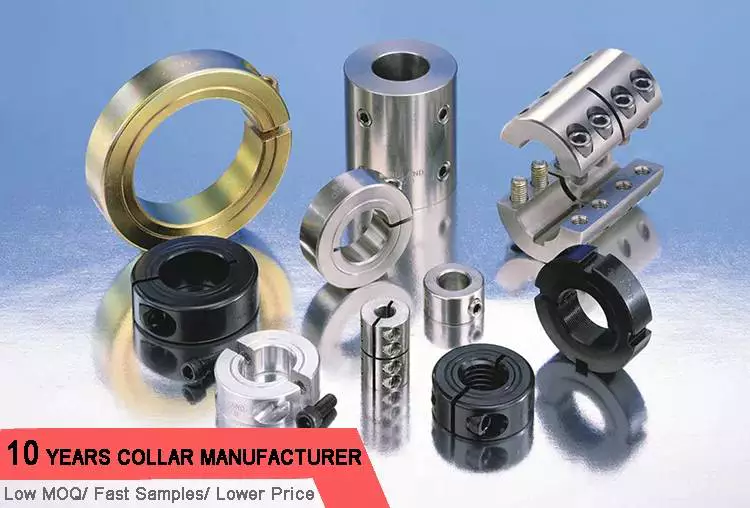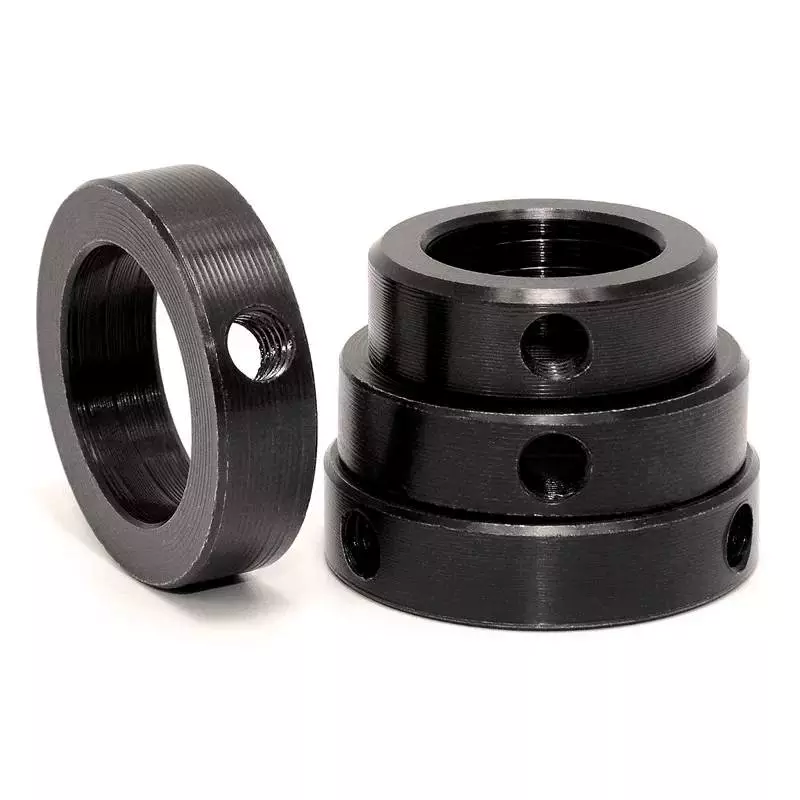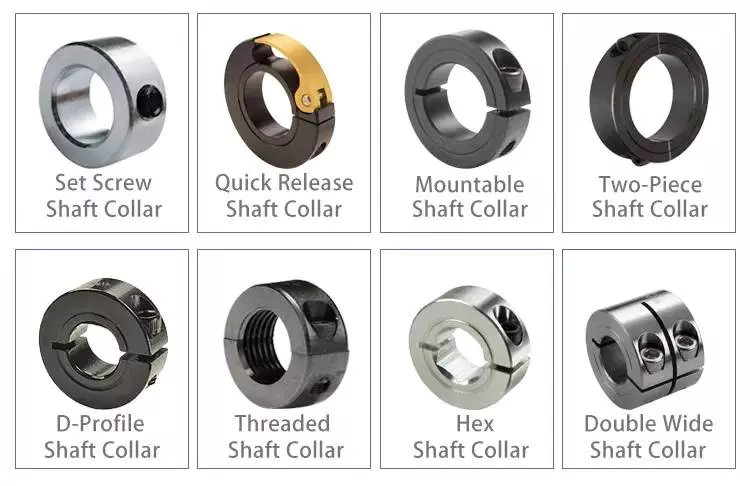Condition: New
Processing Type: Foaming Machine, Foaming Machine
Product Type: Foam Net
Machine Type: FOAM
Voltage: 380V 50HZ 14A*3 8HP70 ZF8HP70 TCM gearbox automatic control unit TCU For BMW Land Rover CZPT XE 2.0D X760 transmission Construction works , Energy & Mining, Food & Beverage Shops, Advertising Company
Machinery Test Report: Provided
Video outgoing-inspection: Provided
Warranty of core components: 1 Year
Core Components: Pump
After-sales Service Provided: Overseas third-party support available
Raw material: polyol and ISO
Application: Spray Wall or others
Viscosity range of raw material: 200-1000 CPS (under operation temperature)
Output of raw material: 2-7.8L/min
Heating power: 4500W*2
Hose heating power: 3500W
Power(W): 9 KW
Marketing Type: New Product 2571
Packaging Details: polywood package
Port: ZheJiang port.
ITEM :High pressure polyurethane spray/injection equipment JHPK-H30
Description:
The equipment has obtained CE certification, safe and environmental protection.Having the proprietary property rights in design and production, several national patents have been applied .The perfect coaxial structure design of the horizontal booster pump reduces greatly the abrasion of the sealing. There is no pressure difference during operation and the commuting pressure fluctuation value is ideal and stable.The lubricant inside the anti-solidifying lubricating cylinder circulates with high speed so that the leaked material and impurities could be brought away rapidly.
The shaft for black material is always kept in the lubricant avoiding the crystallization.The delicate coupling structure is easy for the dismounting of the booster pump during the maintenance. When necessary, the complete unilateral raw material pump can be replaced to change the proportion of the raw material.The pneumatic commuting control assembly is simple in structure and reliable in operation, EXTRUDER CZPT GEARBOX and enables the pump body operating normally during the lack of electricity.The design and application of the reset function when shut down realizes the dual protection.The dual filters of the equipment for both high and low pressure and the filter of the nozzle realize the triple filtration protection for the raw material and reduce the blocking.The special armoured temperature sensor inside the heater can collect the temperature signal at any time, hence the overshooting value for heating is well controlled.The flagelliform armoured temperature sensor inside the heating tube makes the collection of the temperature data more sensitive and accurate without signal losing.The heating tubes adopt special technology for winding the heating copper belt. The heating is even and reliable. The tubes are safe and durable with full closed water-proof connection, as well as the heat insulation laye anti-abrasion layer.The accurate action counter makes it easy to have the knowledge of material consumption when stop working.The compact control panel and the operation hint of key parts make it easy for fast handling and operation.The equipment frame uses the solid rubber wheel dispensing with air filling which is more suitable construction site.The equipment is of humanization design with low weight, small volume. It is convenient and flexible and can contain 4 groups of heating tubes (90 meters). It can be easily shifted by 1 person.
Standard Configuration:
| Main equipment: | 1 set |
| Nozzle: | 1 piece |
| Heating tube per group: | 15m(50ft) |
| Short tube with nozzle per group: | 3m(10ft) |
| Feeding pump: | 2 sets |
| Spare parts: | 1 set |
| Tool: | 1 set |
| English manual: | 1 set |
| Package: | plywood tray |
Technical Data:
| Proportion of raw material: | 1:1 |
| Viscosity range of raw material: | 200-1000 CPS (under operation temperature) |
| Output of raw material: | 2-7.8L/min |
| Heating power: | 3000W*2 |
| Hose heating power: | 3500W |
| Heating temperature range: | 0℃~70℃ |
| Electrical source: | 3 phase 4 wire, 380V 50Hz |
| Compressed air: | 0.5~0.8Mpa(70~120psi)≥ 1m3/min |
| Output pressure of raw material per group: | 5~13.8Mpa(725~2000psi) |
| Max. length (optional): | 90m(300ft) |
Shipping Parameter:
| Dimension: | 1000mm×900mm× Wholesale High Quality Oxford Fabric Breasted Cold Resistant High Temperature CS Portable CZPT Hunting Gear Tactical Leg Bag 1550mm |
| Weight: | 125Kg |
Common Uses for the Shaft Collar
The shaft collar is a relatively simple machine component, but one of the most important in many power transmission applications. It is most often used in gearboxes and motors, where it serves as a locating component, bearing face, and mechanical stop. Its simple design allows for easy installation and makes it ideal for a range of applications. Listed below are some of the most common uses for the shaft collar. Learn more about this important machine component.
Single split
Two-piece shaft collars are an excellent option for applications where a single piece collar is not practical. They provide the same benefits as one-piece collars, but with more convenience when installing. The two-piece collar has a clamp style, which allows the collar to be adjusted with a hand tool. They are suitable for light-duty applications and come in a variety of diameters. In addition to shaft diameters, collars are available with different threaded bore sizes. Shaft diameters are usually measured in mm. They can be easily installed and disassembled by removing the cap screws from each side.
Single split shaft collars come with a machine screw that tightens the clamp around the shaft. This ensures a tight, secure fit and better holding power than solid collars. They are easy to install, remove, and adjust, and work on virtually all types of shafts. The machine screw helps to prevent the collar from ripping the shaft.
Shaft collars come in a variety of materials. Typical materials include stainless steel, alloyed steel, and nylon. They are also available in custom sizes. If you want a specific size, be sure to specify that when ordering. These collars are made of quality materials, and they will hold up to the most rigorous applications.
Heavy duty shaft collars are manufactured from higher-grade materials than standard collars. They have a larger outer diameter, wider flange, and a larger screw for increased holding power. These collars are typically used in short-term, rigid coupling applications, and they are available in one-piece and two-piece clamp styles. These collars are typically made from 1215 lead-free steel or 303 stainless steel. Some of them can be finished with an anodized finish.
Mountable shaft collars are used to mount sensors, fixtures, and other assemblies. There are three different styles of mountable shaft collars: flange collars, flat collars, and quick-release collars. The material used for shaft collars can be 1215 lead-free steel with a black oxide finish, high-strength aluminum, and 303 stainless steel.
Solid
A solid shaft collar is a shaft coupling that is used to connect two shafts. They can be made of a variety of materials, including steel, zinc plated, and stainless steel. In addition, they come with various finishing options, including a zinc plated or black oxide finish. In addition, they can be made to fit a variety of shaft sizes and types.
Shaft collars are a simple, yet essential part of machine design. They can be found in virtually any piece of machinery. They can serve a variety of functions, including holding bearings on shafts, positioning components within motor assemblies, and acting as mechanical stops. While they can serve a variety of functions, they are most commonly used as bearing faces, mechanical stops, and locating components. They are also easy to install and tighten, making them a popular choice for a variety of different applications.
Solid shaft collars are available in two types: one-piece and two-piece. The two-piece collars are generally more rigid, offering better clamping force. However, they require more seating torque than the one-piece clamp collar. This is because there are more screws to tighten the two-piece collar than the single-piece collar.
One type of solid shaft collar is the set screw collar. Its holding power comes from the set screw, which is tightened onto the shaft. Ideally, the set screw should impinge on the shaft, and bite into it. The screw should be made of a softer material, as a harder material would reduce its holding power. However, the set screw collar can be adjusted by milling small flats into the shaft at the locations of the set screw.
A solid shaft collar is a simple machine component used in various power transmission applications. The most common places where it is used include motors, gearboxes, and bearings. Their simple design makes it easy to install and maintain. Unlike early versions, however, which were primarily made of square-headed set screws, modern shaft collars feature recessed set screws.
lamping-style
A Clamping-style shaft collar is an essential component of a gearbox or motor. Its high holding power allows it to hold components securely in place and ensure proper power transmission. These collars are also commonly used as spacers or to limit the movement of shafts during reciprocating motion.
These collars come in a variety of styles, including the double-split and semi-split varieties. They are ideal for repetitive positioning and are available in steel and stainless steel. They also feature a quick release element. And the index lever makes them easy to adjust or repair.
There are several different styles of shaft collars, including the Clamping-style shaft collar. The Clamping-style collar is one of the most commonly used in industrial settings. Its clamp is attached to the shaft by screws and has a hinge on one side. This feature eliminates the risk of the screws becoming dislodged while operating the machine.
Clamping-style shaft collars are generally made of steel or stainless steel. They can be made of aluminium, but this material has lower holding power. Stainless steel collars are a good choice for cleanroom environments because they do not outgas. They also require less maintenance. If you’re uncertain which style to choose, consult with a specialist in your field.
Clamping-style shaft collars are commonly used on industrial machinery and are an important part of gearbox maintenance. If you’re planning to install one, make sure you measure it carefully before you install it. If you don’t, you may damage the shaft or endcap. And while you’re at it, be sure to check for any kinks before you use it.
Set screw
Set screw shaft collars are the most cost-effective type of shaft collar. Available in bore sizes ranging from 3/16″ to 4″, they offer increased holding power and torque capacity. Additionally, they come with a keyway in case the shafts are keyed. Commercially produced shaft collars are non-magnetic and made of 303 stainless steel. They also come with one set screw per collar.
Shaft collars can be made of aluminum, steel, or a combination of steel. They serve multiple purposes including mechanical stops and stroke limiters, and can be adjusted for the correct fit. They are easy to install and remove, and they provide high clamping power. Custom designs are also available. They can be made of different materials to suit your specific needs.
Set screw for shaft collars are commonly used in transmission and machinery applications. Set screw shaft collars can be adjusted using a screw driver. When tightened, the set screw bites into the shaft material and holds it in place. When used properly, they can reduce the amount of torque required to hold components in place.
Shaft collars come in a variety of sizes. In general, shaft collars can range from 5/64″ to one inch in diameter. In addition, you can choose between metric and inch-sized shaft collars. When choosing a shaft collar, it is important to consider the size and bore diameter of the shaft.
editor by czh2023-02-18




